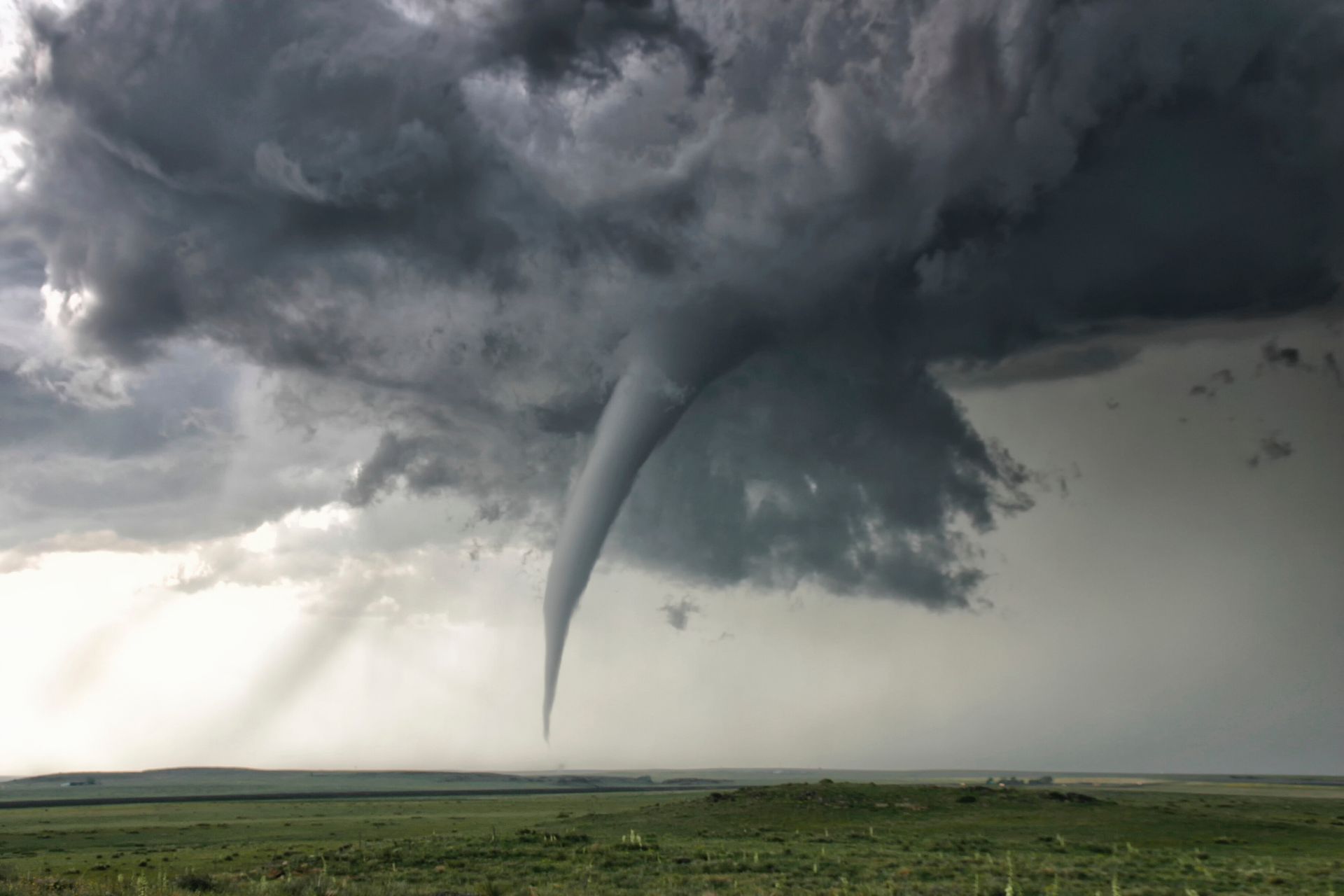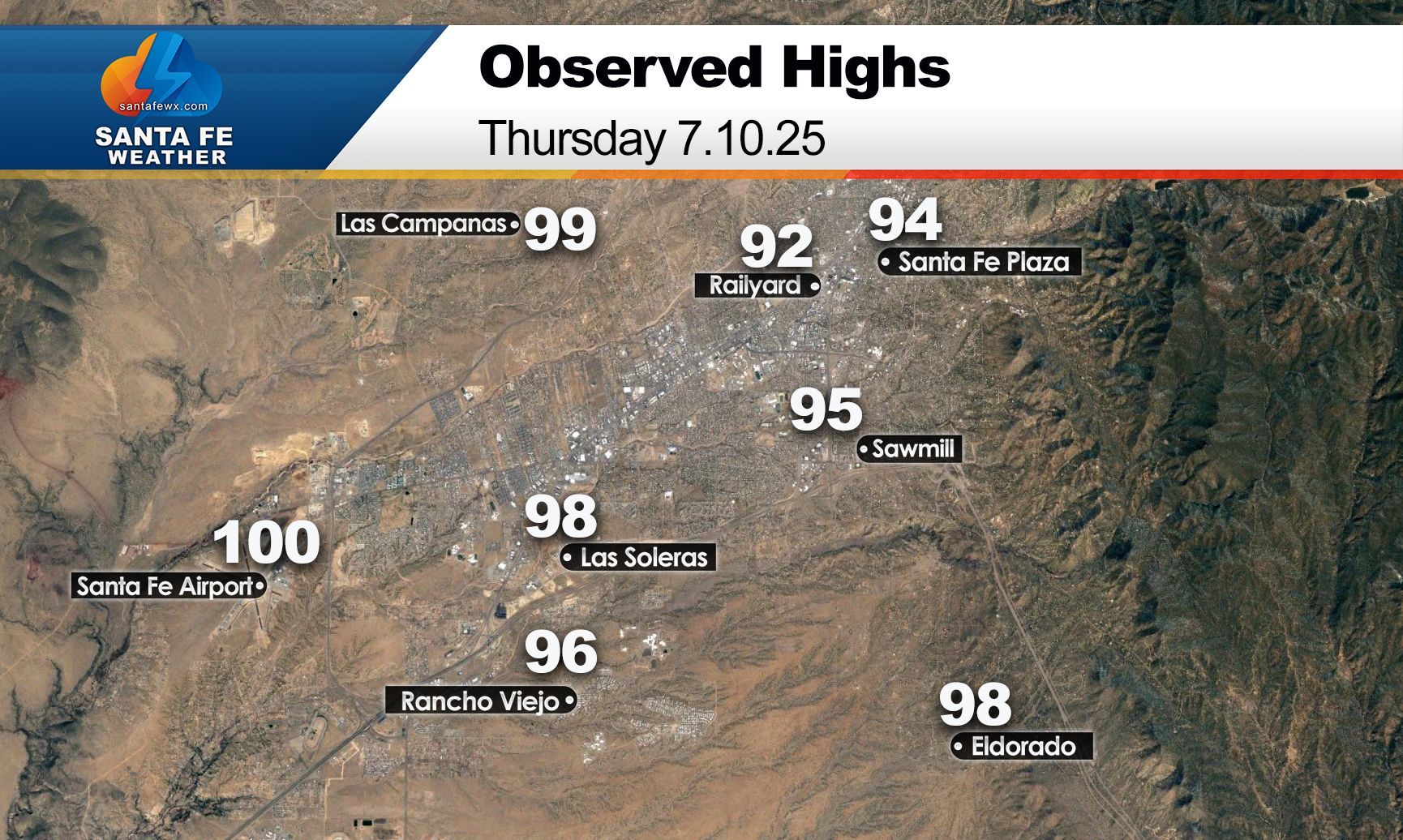The Albuquerque International Balloon Fiesta may look magical, but every launch depends on one thing: the wind.
The Critical Role of Weather Forecasts at the Albuquerque International Balloon Fiesta
Saturday, October 4, 2025
By Jay Faught
Every October, the skies above Albuquerque come alive with the colors and shapes of hundreds of hot air balloons. The Albuquerque International Balloon Fiesta is one of the most photographed events in the world and a signature celebration for New Mexico. But behind the beauty of this spectacle lies something far less visible but absolutely critical: the weather forecast.
Why Weather Matters So Much for Ballooning
Hot air balloons are more vulnerable to weather conditions than almost any other form of aviation. They don’t have engines to control their movement, and instead, they rely on the winds to carry them across the sky. Because of this, even small changes in wind speed or direction can make the difference between a safe, scenic flight and a grounded balloon.
While temperature, visibility, and precipitation all matter, it’s the wind that truly dictates whether balloons can fly.
The Wind Factor
Balloons need calm and predictable winds to lift off and navigate safely. Typically, flights at the Fiesta happen early in the morning when the atmosphere is most stable. At that time, the winds are usually lighter and less variable, giving pilots a smoother and safer ride.
Surface Winds: If the wind at the ground is stronger than about 10-12 mph, launches may be canceled. Stronger winds can make it dangerous for balloons to inflate, launch, or land.
Winds Aloft: Higher up, pilots depend on layers of wind moving in different directions to navigate. Forecasts showing unstable or gusty winds at altitude often mean flights won’t happen.
Wind Shifts: Sudden changes in direction are especially concerning, as balloons can be pushed into each other or into unsafe areas.
Balloon Fiesta Weather Teams
To ensure safety, the Balloon Fiesta employs expert meteorologists who monitor conditions around the clock. Using weather balloons, radar, satellite data, and ground observations, they provide pilots with the latest updates before and during events. These forecasts guide the decision of whether to fly, delay, or cancel a launch.
Many spectators may be disappointed when flights are grounded due to wind, but these decisions protect pilots, passengers, and the massive crowds on the ground. Safety always comes first, and the weather call is the single most important factor in that process.
When the Winds Cooperate
When conditions are right, Albuquerque’s unique geography creates a phenomenon called the “Albuquerque Box.” This is a pattern of winds at different altitudes that allows balloonists to navigate in a kind of loop—flying south at one level, then climbing higher to catch a northbound wind, and sometimes even returning close to their original launch site. It’s a breathtaking experience for pilots and spectators alike, but it only happens when the wind forecast is just right.
The Takeaway
The Albuquerque International Balloon Fiesta is a feast for the senses, but it’s also a lesson in how powerful and unpredictable nature can be. Weather forecasts, especially wind predictions, are not just helpful—they are essential. Every flight is a collaboration between the skill of the pilot and the forces of the atmosphere.
So the next time you’re standing among the crowds at Balloon Fiesta Park, looking up at a sky filled with colorful balloons, remember: it all depends on the wind.
The 2025 Albuquerque International Balloon Fiesta takes place from Saturday, October 4 through Sunday, October 12.
Santa Fe Weather

Updated Storm Track for Weekend Storm November 14, 2025 By Jay Faught The storm system we’ve been watching all week has shifted—but this time, it’s slowing down and taking a more northerly route. That updated path dramatically changes the weekend forecast for Santa Fe and northern New Mexico. A Slower, More Northern Storm Track Earlier projections had the storm sweeping into New Mexico sooner, with a more organized band of moisture. But the latest data shows the system digging more slowly along the West Coast and pushing a bit farther north than originally expected. That shift means Southern California will now take the brunt of the storm, with periods of heavy rain and even flooding concerns in some areas. For us in Santa Fe, however, the impacts will be much more limited. Santa Fe’s Updated Forecast: Light and Late Instead of showers developing Saturday or early Sunday, the latest timing suggests isolated light rain showers won’t arrive until Sunday night. The moisture feed simply doesn’t extend far enough south to bring widespread precipitation to our area. Here’s what that means for your weekend plans: Most of the weekend stays dry—great news if you're planning outdoor activities around town or on the trails. Isolated showers Sunday night may bring brief dampness but nothing widespread or soaking. Snow Levels: Staying High There will be just enough moisture and lift Sunday night into early Monday for a few flakes in the higher terrain: Light snow is possible above 9,000 feet, mainly over the highest peaks of the Sangre de Cristo Mountains. Accumulations look minimal, and ski areas won’t see major impacts, though the first hints of winter are always exciting. Valleys, including Santa Fe, will stay warm enough for just light rain if anything at all. Bottom Line While this storm is impressive for the West Coast, its slower and more northern track means Santa Fe will see only minor impacts—mostly a few isolated showers Sunday night and perhaps a dusting of snow high in the mountains. A bigger takeaway: this pattern shift still hints at an active atmosphere as we move deeper into November. It’s a good reminder that our storm season is just getting started.










